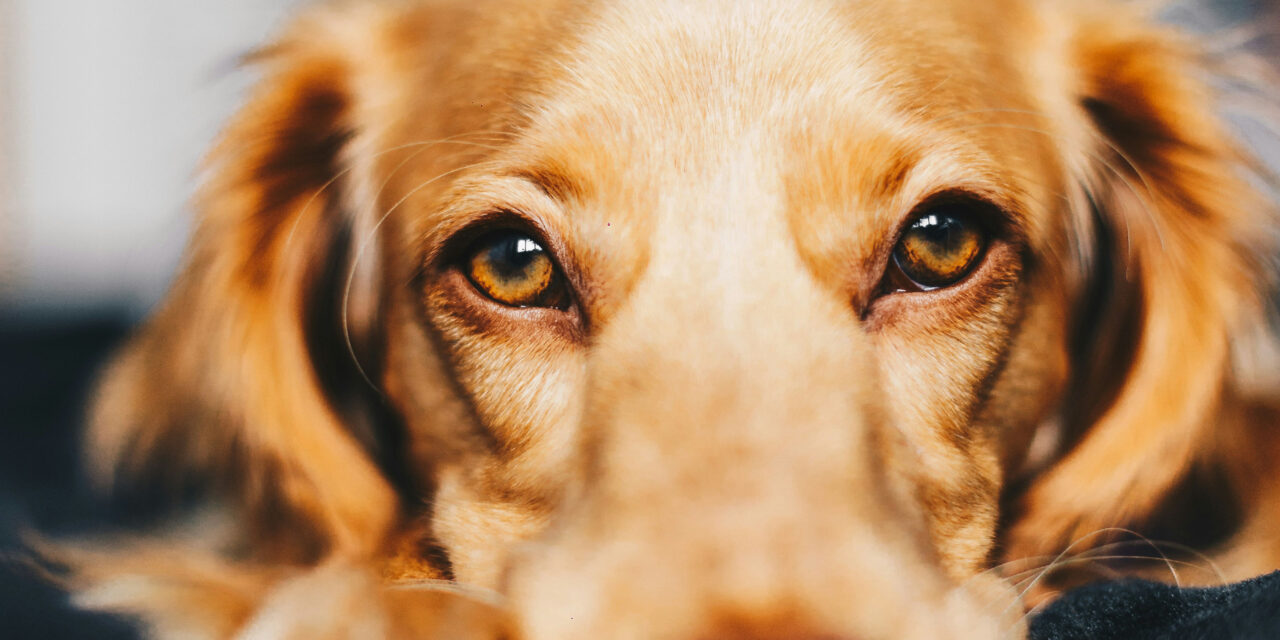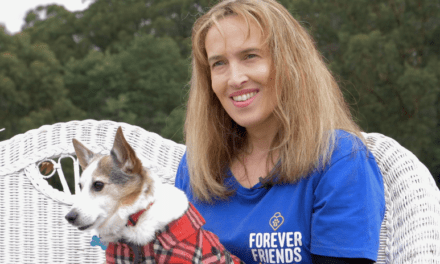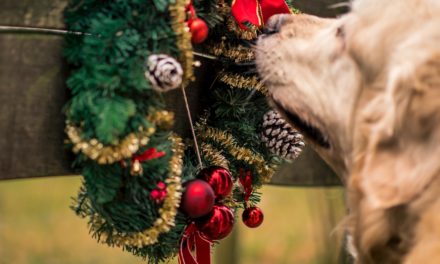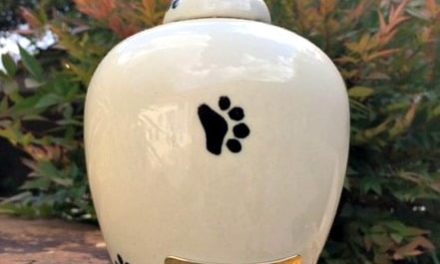Just like humans, our canine companions can experience fear and anxiety. Fearful dogs can display a range of behaviours that may seem puzzling or even challenging to address. As a responsible dog carer, it’s essential to understand your dog’s fears and provide them with the support they need to overcome them.
Health plays an important role in behaviour. Physical health absolutely affects how a dog behaves. First of all, please take your dog to your veterinarian to rule out any underlying physical health issues.
Here are our top 10 tips for fearful dogs to help them feel safe and cope in their environment and different situations.
- Identify the triggers and threshold
The first step in helping fearful dogs is to pinpoint the specific triggers that cause their anxiety. All dogs are individuals, and triggers can vary widely from one dog to another, but common sources of fear include sudden loud noises, vacuum cleaners, unfamiliar people, tradies wearing Hi Vis, unfamiliar dogs, other animals, and certain environments.
Your dog’s reactivity threshold is the point where they fully react to their triggers. When a dog is under threshold, they’re able to control their behaviours and be aware of their surroundings (even if they seem a little aroused, nervous, or on edge).
By identifying these triggers and your dog’s threshold, you can better manage the situation by avoiding/minimising exposure before you introduce a gradual desensitisation program with professional guidance from a positive trainer.
- Create a safe space
Creating a safe haven for your fearful dog can make a world of difference. Designate a quiet, comfortable area in your home where your dog can retreat when they feel anxious. This could be their crate. Make sure this space has familiar objects, like their bed, toys, and water bowl nearby, to provide a sense of security.
- Positive reinforcement training strategies
Positive reinforcement is a powerful tool when working with fearful dogs. Reward your dog with treats, praise, and affection when they exhibit calm and confident behaviour. This will help them associate positive experiences with the situations or triggers that usually cause anxiety.
Avoid punishment, as it can exacerbate their anxiety and fear.
- Gradual exposure is very important!
When you’ve identified the triggers and your dog’s threshold, use a very gradual exposure approach to help your dog overcome their fears. Start with small, controlled exposures where your dog is under threshold, and gradually increase the level of exposure over time (as long as your dog is not over threshold). For example, if your dog is afraid of other dogs, you may need to begin by introducing them to a calm and friendly canine friend in a controlled setting at a certain distance so that your dog feels calm and safe (below their threshold). A gradual desensitisation program with a professional positive trainer is strongly recommended.
For dogs who are fearful or reactive to unfamiliar dogs, we strongly recommend a properly fitted basket muzzle (allows your dog to pant, drink water and take treats) to keep your dog and other dogs safe during off-leash hiking or on-leash walks. The muzzle works as a cue to tell other owners to give the dog some space. First, you will need to train your dog to enjoy wearing a muzzle! Find out more at the Muzzle Up Project.
5. Calming tools
There are various tools and products available to help calm fearful dogs. Thundershirts and Anxiety Wraps provide gentle pressure to reduce anxiety. Adaptil diffusers that release calming pheromones may be beneficial.
Lavender essential oil or a lavender and camomile blend can be effective (as long as they like the scent). Lavender essential oil is extremely potent. Just like for humans, pure lavender essential oils should not be applied to the skin or ingested. Instead, they should be mixed with a carrier oil or water for a spray/diffuser. Dogs have an extraordinary sense of smell, so don’t use a highly concentrated amount!
Instead of applying lavender essential oil directly to your dog’s collar or bedding, a far more convenient option is to make your own mist spray. Start slowly with one drop of lavender essential oil in half a cup/118.5 ml of distilled water in a glass spray bottle. A mist spray can multi-task as a bedding spray, be applied to the dog’s neck and back as a tick and flea repellent, used on small wounds or skin irritations, or as a room deodorizer (it will also smell nice on you too!). Consult a holistic vet if you’re unsure. Find out more about lavender oil for pets.
Consult with your veterinarian or a professional trainer for recommendations on the most suitable calming tools for your dog.
6. Calming enrichment activities
Calming enrichment for fearful dogs can help lower their stress hormones, get them further away from threshold, and help reduce a variety of behaviour problems. A great resource on canine enrichment is a book by Allie Bender, ‘Canine Enrichment for the Real World’.
Sound enrichment can be effective. Classical music has shown calming effects on shelter dogs. Once you know what your dog likes, it’s easy to do. Just don’t leave music playing all day for your dog. Anything gets old after a while.
Tactile enrichment can take multiple forms. We mentioned Thundershirts above. It can also take the form of canine massage therapy, which is a growing field. Tellington Touch (TTouch) is another form of animal massage. Please note that forcing a dog to receive petting or massage against their will is not recommended, instead closely watch your dog’s response (body language) to being touched by you, and only attempt to use tactile enrichment if the dog actually solicits and enjoys being touched by you.
Licking and chewing can have a calming effect. Consider teaching your dog to lick a stuffed KONG Classic toy. Just experiment to find out what your dog likes best such as bully sticks or Himalayan Chews for dogs who prefer chewing.
Nose Work is one of the more important types of enrichment because small is a dog’s predominant sense. Many dogs prefer scents that we humans wouldn’t think of as being particularly relaxing such as the scent of grass, or one of your old, sweaty t-shirts. or even a blanket their dog-friend has lain on may help. Think outside the box when coming up with different scents to test out with your dog. Do a scent test by spreading all of your sample scents out and letting your dog explore them. Do the test a few times to verify, and they will return to the one(s) they like the best. How about trying a Nosework/Scentwork class? It’s a great activity for fearful dogs and reactive dogs to help build their confidence in a safe environment without other dogs present. Here is a free course on Scentwork by Australia’s Peta Clarke to give you a brief overview of scent work.
Free Work is also a great activity for fearful dogs as it encourages them to explore at their own pace. “Free Work” was developed in the UK by Sarah Fisher as part of her Animal Centred Education (ACE) approach. Here is a short video on how to set up Free Work at your home in a quiet, secure area. While the main purpose of Free Work is to observe and adapt, it can be hugely beneficial to all dogs – especially puppies to build confidence in themselves and you as their guardian.
Here is a short video example:
7. Nutritional therapy
There is preliminary research on the effects of nutrition on behaviour. Linsay’s Handbook of Dog Behaviour and Training, Volume 1 suggests that corn, often used as a protein in commercial dog foods, may have an undesirable effect on behaviour. Some veterinary behaviourists are noticing a correlation between the percentage of carbohydrates in a dog’s diet and the dog’s tendency toward hyperarousal.
Veterinarian Dr Nick Thompson, Holisticvet based in the United Kingdom advocates a raw diet for dogs. He says the drive of this approach is towards a wild-type diet. The dog has evolved over thousands of years to eat certain raw foods. These foods then, logically, must be best suited to optimal health. These days, there are good commercial fresh/lightly cooked/frozen dog food options.
Consult with a holistic vet to find out more about nutrition and supplements for dogs.
8. Behaviour medication
For those dogs who are so anxious that it is impossible for them to relax – and attempts at enrichment and training have had little or no effect, medication may be necessary. If you or your behaviour professional suspect that your dog may benefit from any kind of behaviour medication, we strongly recommend that you consult with a veterinary behaviourist or have your veterinarian consult with a veterinary behaviourist.
9. Patience, empathy, and consistency
Consistency is key when working with a fearful dog. Maintain a consistent routine and set clear boundaries for your pet. Dogs thrive on predictability, and a structured environment can help alleviate their anxiety.
Above all, remember to be patient and empathetic when dealing with a fearful dog. They rely on you for comfort and support, so showing them love and understanding is essential.
10. Professional help
If your dog’s fearfulness is severe or doesn’t improve with your efforts, it may be time to consult a professional dog trainer or behaviourist who can provide you with a customised plan to address your dog’s specific issues.
We hope you find our top 10 tips for fearful dogs useful. Please note this is general information, we recommend you seek specialised advice from a professional behaviour and trainer.

